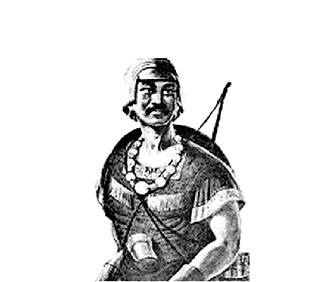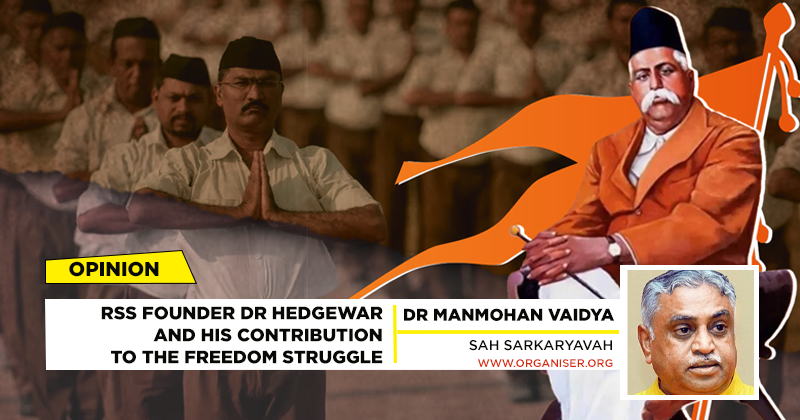The British Government had always pursued a cautious policy while penetrating into tribal areas of North East India waiting for the opportune time and occasion. As they consolidated their stay initially with the policy of non-interference in internal matters, they always desired to bring tribes under direct control and extend the British rule by annexation. Gradually under the pretext of providing protection to the people who were under direct control, they organised military expeditions in tribal areas bringing the local tribal chiefs under their control. Initially, they followed a policy of not to interfere in the internal affairs, customs, and usages of tribes, however, they gradually took control of the entire society either through military force, expeditions, wars or through foreign religious evangelical persuasions and educational works. As they consolidated their foothold in tribal areas they proposed enactments of regulations to take control of the administration of civil and criminal justice, collection of revenue, policing to maintain law and order and every other branch of government to make themselves supreme judicators of tribal tracts of the northeast. They introduced a new system of administration known as the Non-Regulatory system of government of intensely centralized and all-powerful supervising British executive authority combined with internal administration left to tribal traditional chiefs. The character of the British control was to safeguard their imperial interest and justify their colonial control so much so that the concept of a free man was completely lost and the chiefs were no better than British Government servants. The tribes of the area resisted British Entry into their land and forest, eventually raising armed conflicts. The North East India was never a peaceful area for the British. Somewhere in some corner in some tribe armed fight was happening till 1947 till we achieve our freedom. British forces defeated tribes of North East India due to superior arms, firepower and deception, and lack of experience on the part of tribals to fight a modern regimented well trained professional armed force. British Government had used devastating retaliatory measures against the armed revolts of tribes based on the ‘scorched earth policy that involves destroying everything that might be useful to the enemy in the area. This method of warfare had been the outright strategy of the British for their colonial expansion, especially in dealing with the people of the northeast region. It was regularly used in Lushai Hills, and Naga Hills to tame Angamis, Zeliangrongs, Lothas, Semas, Changs, Konyaks and other resisting tribes. The British were not only satisfied with the destruction of their crops and the seizure of all the stored grains and domesticated animals but also obstructed them to take up cultivation for the next year. Their main attempt was to cripple the backbone of their economy in its totality. The destruction of the villages caused the inhabitants to disperse and wiped out their power to stand against the British. The British Government was the most savaged, barbaric and inhuman imperialist regime.
Three major events have shaped the British annexation policy of tribes of North East India. The first is the Treaty of Yandabo of 1826; the second, is the introduction of the Inner Line Regulation in 1873 to regulate entry of any outsider into the region; the third is annexation of Burma in 1886 which opened up new economic opportunities for the British in the region. Lately, political complexities in the region were more entangled with the introduction of the Government of India Act, 1935. The British Government had become more astute and arrogant because of a bitter and horrible experience of 1857, the First War of Independence that India fought to throw out the British rule.
The Burmese forces occupied major portions of the North East taking advantage of opportunities and started to threaten the British Company Government. This brought in further changes in British Company Government’s policies. Treaties were made to take important kingdoms under direct British protection. The first Anglo-Burmese war broke out on March 5, 1824, and Burmese forces were compelled to retreat. The war came to an end with the Treaty of Yandabo in 1826 by which Burmese forces renounced their claims and undertook not to interfere with Assam, Cachar, Jayantia and Manipur. Assam was directly annexed to the British territory while Cachar, Jayantia and Manipur were restored to their Kings as tributaries to the British. This was the beginning of British paramountcy in North East India. The annexation of the valley of Brahmaputra brought the British Company Government directly into contact with the hill tribes. The Khasi Hills were conquered from 1829 to 1833, Cachar was annexed in 1832, North Cachar in 1854 and Jayantia in 1835. The annexation of Garo Hills was completed in 1872 that of Naga Hills, Lushai Hills and NEFA after a series of expeditions in the early 19th century. With these developments, the British brought in several changes in geopolitical, legal, revenue and administrative, and educational fields with changes in transport and communication to administer the area more effectively. In all cases, the loyalty of the chiefs was ensured by all means and serious endeavours were made to project the invincibility of British authority in the minds of the people.
Education was left entirely to western missionaries with support under grants in the aid system. In the beginning, Bengali was the medium of instruction and tribal languages were written in Bengali script but subsequently English became the medium and Bengali script was replaced by Roman script. The integration with the rest of the country would have been accomplished as a natural process but the colonial attitude of the British created a big chasm. Large sections of hill tribes were converted to Christianity and those who believed in traditional religion were referred to as ‘non-Christians’ as if they had no religion of their own to be mentioned. These changes were not accepted by the tribes readily. They made valiant attempts to throw away the foreign rule out of their tribal areas. The spirit was no less than that which was seen in the rest of India during that time.
The historic Jaintia clashes in 1862-63 were against the assessment of the land in hill areas. The incident was considered important because virtually all the Jaintia Chiefs called Doloi took up arms against the British Government and it assumed the character of the popular movement. U Kiang Nongbah the supreme leader of the movement before execution had said that the cause of the conflict was the interference with the traditional religious ceremonies and rituals of Jainatias. The impact on the British Government was that it brought in the first changes in the administration system in North East. British Government accepted the fact that the introduction of taxation, income tax, and some weird acts of police was the immediate cause of the conflict diverting attention from the conversion activities of British missionaries.



















Comments